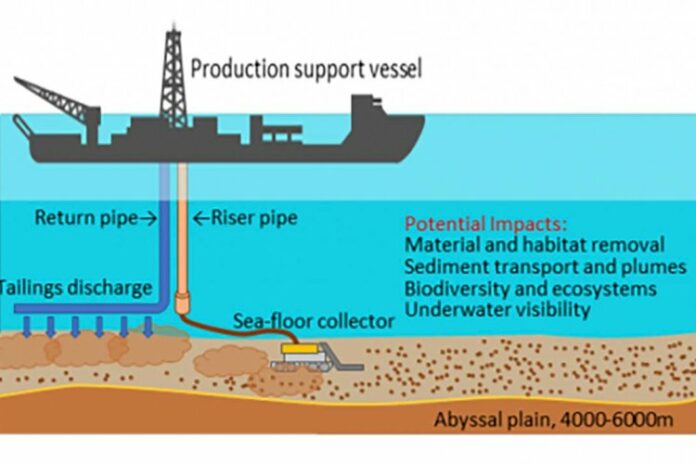Sequoia Scientific, Inc. has announced receipt of an SBIR grant from the US Department of Energy’s (DoE) Advanced Research Projects Agency-Energy (ARPA-E) to develop novel environmental instrument technology that will monitor key elements of suspended sediment plumes generated by mining operations in the abyssal ocean, at depths down to 6000 m.
Sequoia is the prime recipient of the grant, which also includes collaboration with Prof. Thomas Peacock (The Environmental Dynamics Laboratory, MIT) and Prof. Matthew Alford (The Multiscale Ocean Dynamics Group of Scripps Institution of Oceanography, UC San Diego).
Sequoia expects this new environmental instrument will fill a growing need in the deep-sea mining industry: In the last decade, deep-sea mining has grown alongside the expansion of renewable energy research and development since the abyssal ocean possesses vast reserves of cobalt, nickel, copper, and manganese; minerals that are crucial in advanced battery technology and clean energy research. However, deep-sea mining can create large sediment plumes, which are cause for environmental concerns surrounding proposed mining locations. The scale and impact of these sediment plumes on the deep-sea benthic habitat is fundamentally unknown. Currently, no commercial technology can make in-situ measurements of these deep-sea plumes to ensure environmentally responsible operations.
Sequoia’s proposed instrument will be named the LISST-RTSSV (Real-Time Size and Settling Velocity) and will measure sediment size, settling velocity and concentration within the sediment plumes in real-time. This will be of direct use to deep-sea mining companies and regulatory agencies: providing baseline environmental data prior to mining operations, and subsequently underpinning environmental monitoring and modeling of these operations. The LISST-RTSSV is also expected to see widespread use within the offshore oil and gas industry, dredging industry, and sediment research.
Sequoia’s President & CEO, Dr. Ole Mikkelsen, says about the award:
“We are very excited to have been awarded this SBIR together with MIT and Scripps. It is a great recognition of the abilities of the entire team, evidenced by a number of SBIR’s completed by Dr. Slade over the last couple of years, as well as by the pioneering efforts from Professors Peacock and Alford in understanding deep-sea mining impacts. Amidst the COVID-19 pandemic, it is also a testament to our Federal Government’s efforts to assist that it keeps evaluating and awarding grants to small businesses such as Sequoia, helping us to maintain operations and stay in business under challenging circumstances.”
The SBIR research project is divided into Phase I (feasibility and proof of concept) and Phase II (development of an instrument prototype) over the course of two years. Testing and refinement of a prototype instrument is expected during late 2021 into early 2022, followed by commercial availability in late 2022.



